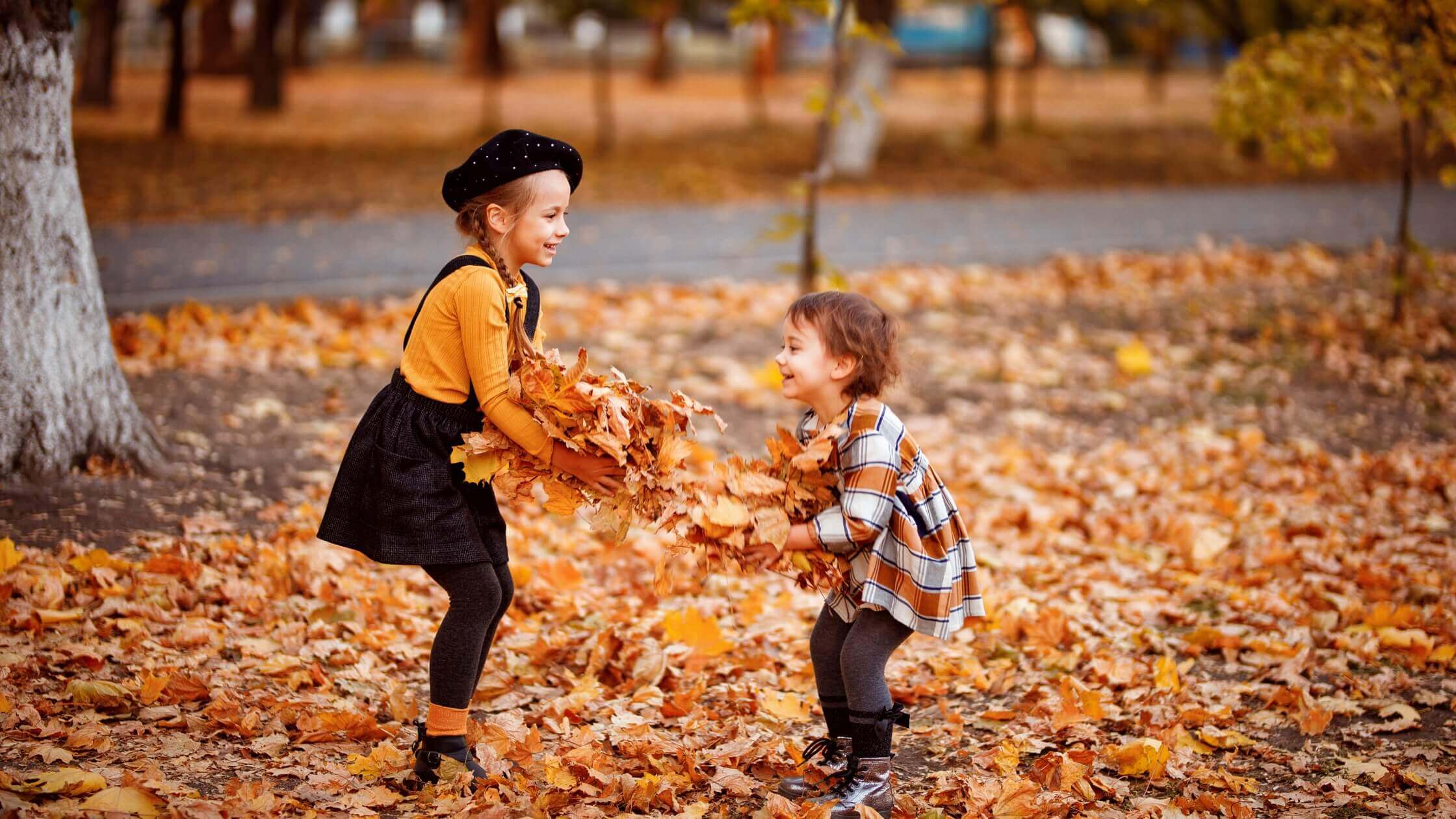7 Creative Art Mediums Your Kids Can Use to Enter Our Summer Art Contest
Summer is the perfect time for kids to slow down, spend time in nature, and let their creativity flourish. And what better way to do that than by entering this year’s Get Creative with What’s Native art contest?
This fun and educational contest invites young artists to create artwork inspired by native Texas species—from wildflowers and trees to invertebrates, mammals, birds, reptiles, and amphibians. And with submissions open through July 31st at midnight, now is the perfect time to start your masterpiece.
But one of the best parts about this contest? Kids can use any medium they choose to bring their vision to life!
From vibrant watercolors to the texture of pastels, the options are endless. Below, we’ll explore seven exciting art mediums your children can try, including tips for each and how they can highlight the beauty of Texas wildlife.
1. Watercolors: Soft, Dreamy, and Nature-Inspired

Watercolors are a beautiful and accessible way for kids to express their love for the natural world. The fluidity of watercolor paints makes them perfect for capturing elements like fluttering butterfly wings, the shimmer of fish scales, or the delicate petals of a wildflower.
Tips for Kids Using Watercolor:
- Try wet-on-wet techniques for soft backgrounds.
- Use watercolor pencils to sketch outlines before painting.
- Let colors blend naturally to mimic the flow of nature.
Great Subjects: Monarch butterflies, bluebonnets, Gulf fritillaries, turtles basking by the river.
2. Colored Pencils: Precise and Perfect for Detail

For kids who love to focus on detail and precision, colored pencils are an excellent choice. They allow for intricate line work and beautiful layering of color, making them ideal for rendering feathers, fur, or scales.
Tips for Kids Using Colored Pencils:
- Layer light colors first, then build up to darker tones.
- Use a blending pencil or tissue to soften areas.
- Look closely at a photo of a native species to mimic its texture.
Great Subjects: Bobcats, red-eared sliders, woodpeckers, or Texas horned lizards.
3. Oil Pastels: Bold and Bright with Lots of Texture

Oil pastels are bold, vibrant, and fun to work with. The medium encourages expressive strokes and thick textures, which can be used to bring dynamic landscapes or animals to life with a burst of color.
Tips for Kids Using Oil Pastels:
- Use your fingers or a cotton swab to blend colors.
- Layer colors to create dimension.
- Try using a black pastel outline for contrast.
Great Subjects: Colorful songbirds, blooming wildflowers, snakes with patterned scales.
4. Acrylic Paint: Versatile and Bold

Acrylic paint is a forgiving and versatile medium that dries quickly, making it perfect for young artists with big ideas. It’s great for layering, bold colors, and creating texture with a brush or sponge.
Tips for Kids Using Acrylic:
- Start with a pencil sketch, then layer paint.
- Use different brush sizes to add interest.
- Paint on canvas or thick paper.
Great Subjects: Painted buntings, opossums, trees, or desert landscapes.
5. Collage: Mixed Media with Personality
Collage is a fantastic way to create a piece using different textures and materials. Kids can cut and paste pieces of construction paper, magazine clippings, fabric scraps, or even natural elements like dried leaves.
Tips for Kids Creating Collages:
- Plan the composition first before gluing.
- Combine painted elements with found objects.
- Let creativity flow with unexpected materials!
Great Subjects: Prickly pear cactus, birds in nests, armadillos, or nature scenes with lots of layers.
6. Chalk Pastels: Soft and Blended Beauty

Chalk pastels offer a rich, soft finish that’s perfect for smudging and blending. They’re a great medium for younger artists who enjoy using their hands to create, and they make skies, fields, and animals look soft and dreamlike.
Tips for Kids Using Chalk Pastels:
- Work on dark-toned paper to make colors pop.
- Use fingers or a blending tool to create gradients.
- Spray finished pieces with fixative (with adult help!) to prevent smudging.
Great Subjects: Sunset skies with bats, meadows with deer, or butterflies fluttering through flowers.
7. Ink and Line Drawing: Simplicity Meets Style
For older kids or those who enjoy comic-style illustration or stylized line work, ink is a beautiful way to portray native animals in a clean, graphic way. Pair with watercolor washes for added impact.
Tips for Kids Using Ink:
- Practice sketching with pencil first.
- Use fine-tipped pens for details.
- Experiment with line thickness and patterns.
Great Subjects: Dragonflies, mason bees, tree bark textures, or detailed animal portraits.
Encourage Exploration and Creativity
The goal of the Get Creative with What’s Native art contest is not perfection – it’s connection. We want children to observe, appreciate, and celebrate the incredible diversity of Texas wildlife. Whether your child prefers coloring neatly within the lines or letting loose with paint and glue, there’s a place for their creativity in this contest.
Encourage them to:
- Spend time in nature or visit a local nature center.
- Look at field guides or pictures of Texas native species.
- Try sketching their ideas in a notebook before choosing a final design.
Click here to see 2024 art contest winners!
Submit Your Child’s Artwork by July 31st!
Ready to create? Submissions for the Get Creative with What’s Native Art Contest are now open and will close July 31st at midnight.
This summer, invite your child to slow down, explore the outdoors, and express their creativity in a way that celebrates the beauty of the natural world.
Click here to learn more and submit your artwork.
Let’s get creative with what’s native – and have fun doing it!



